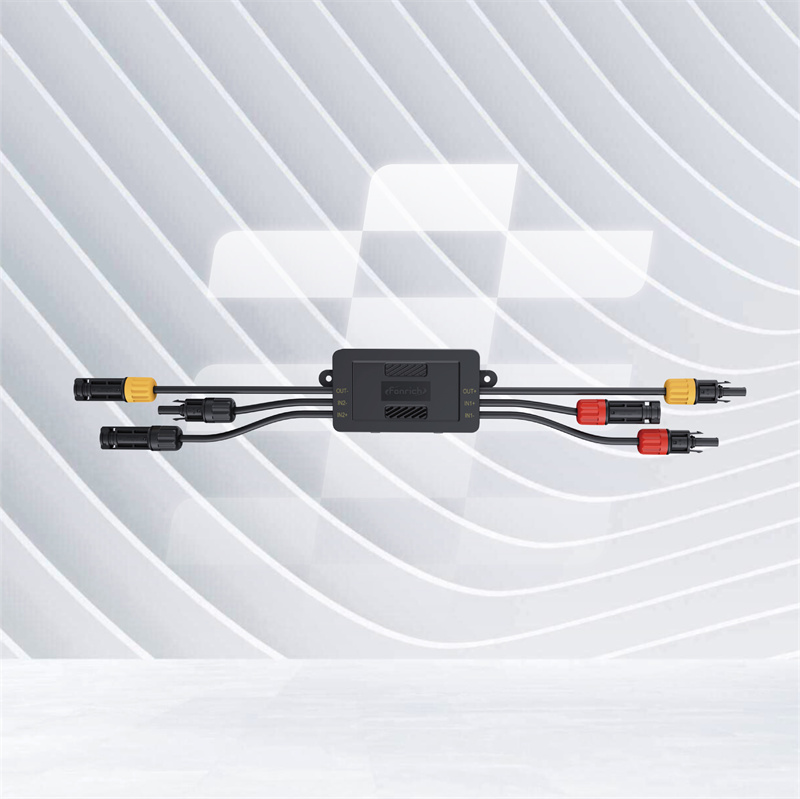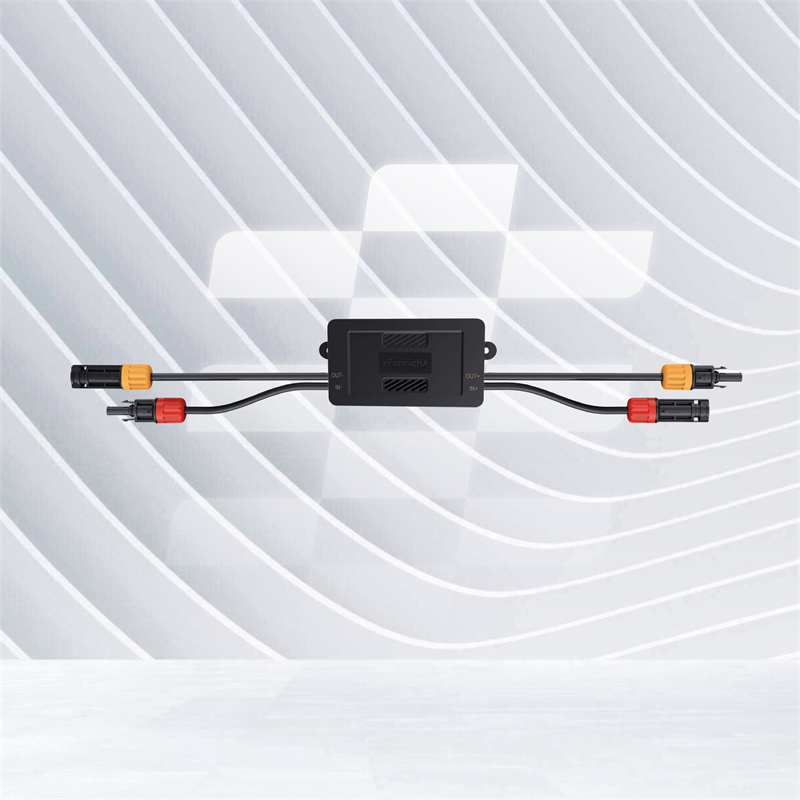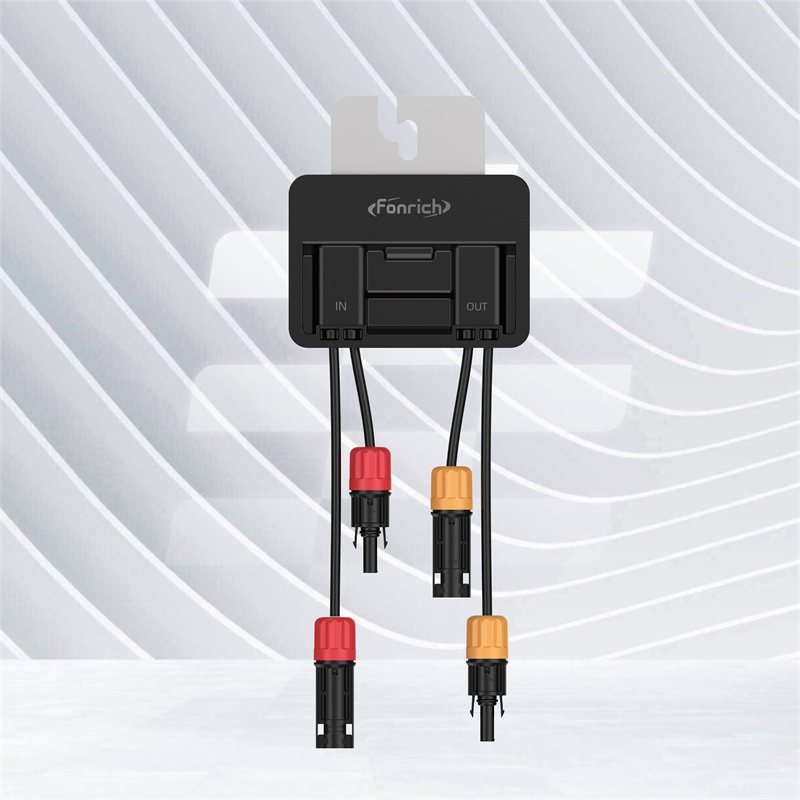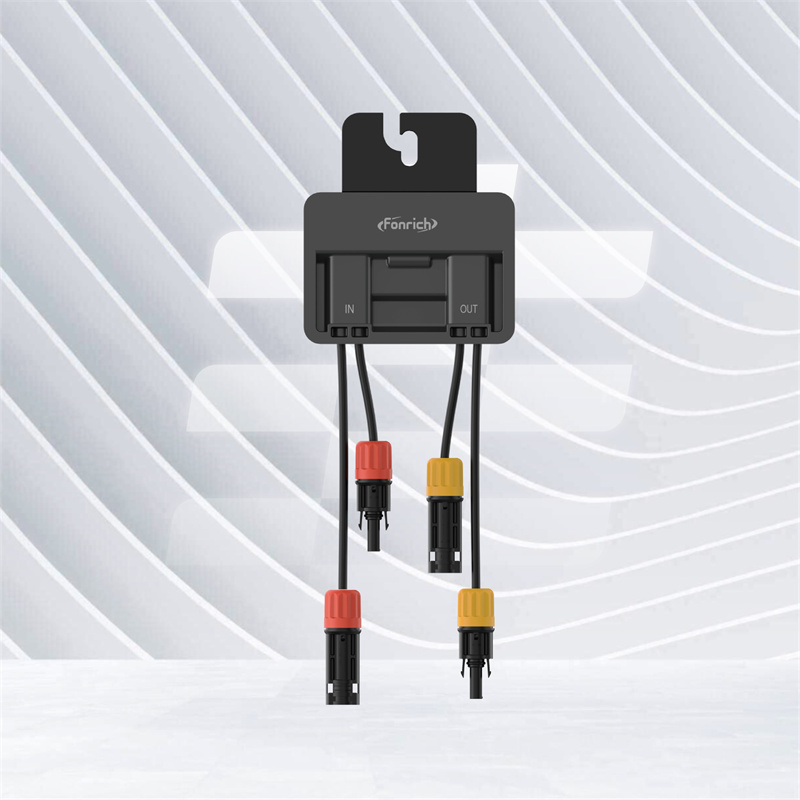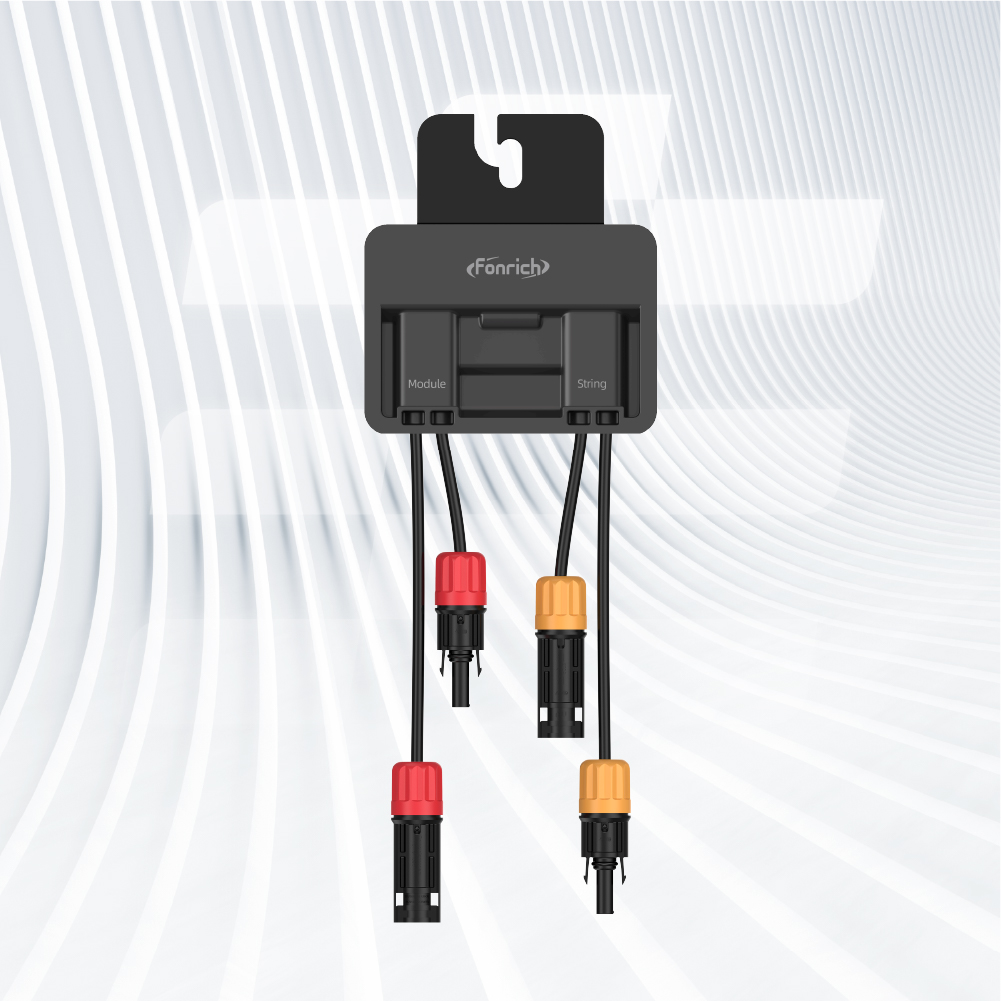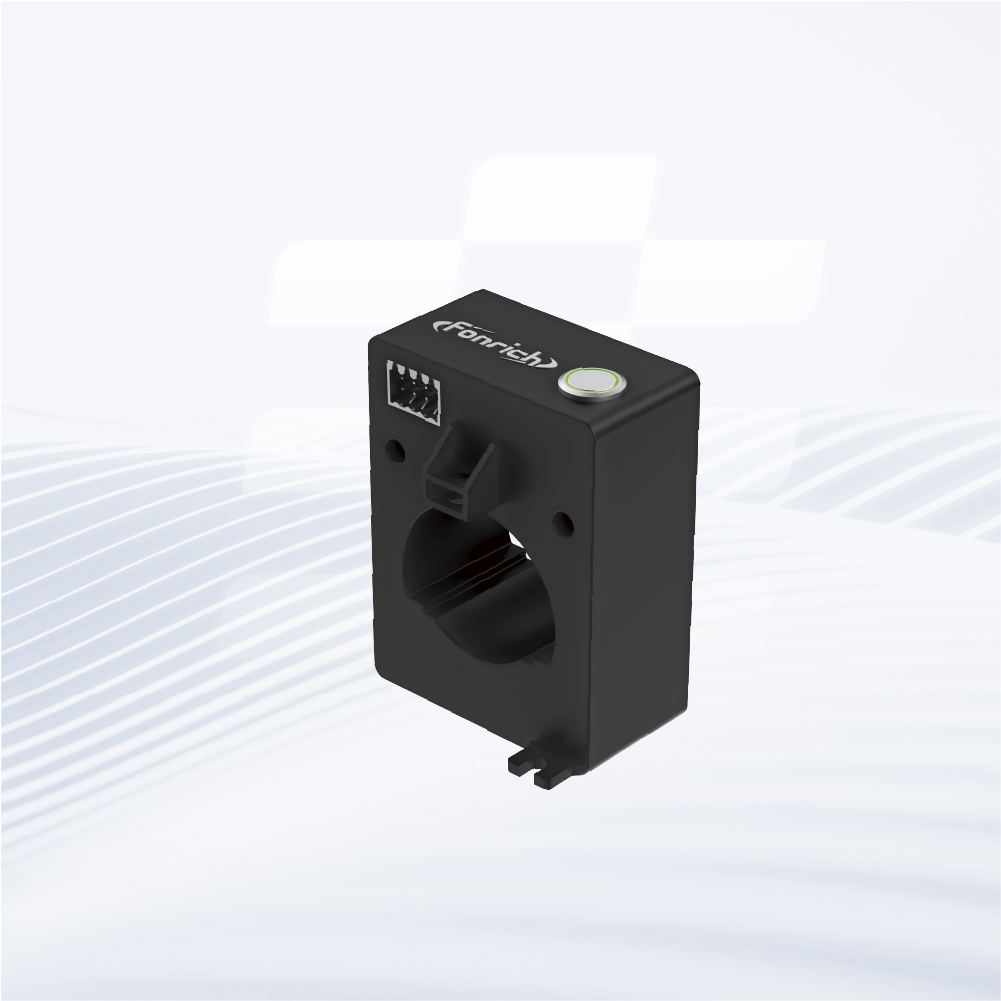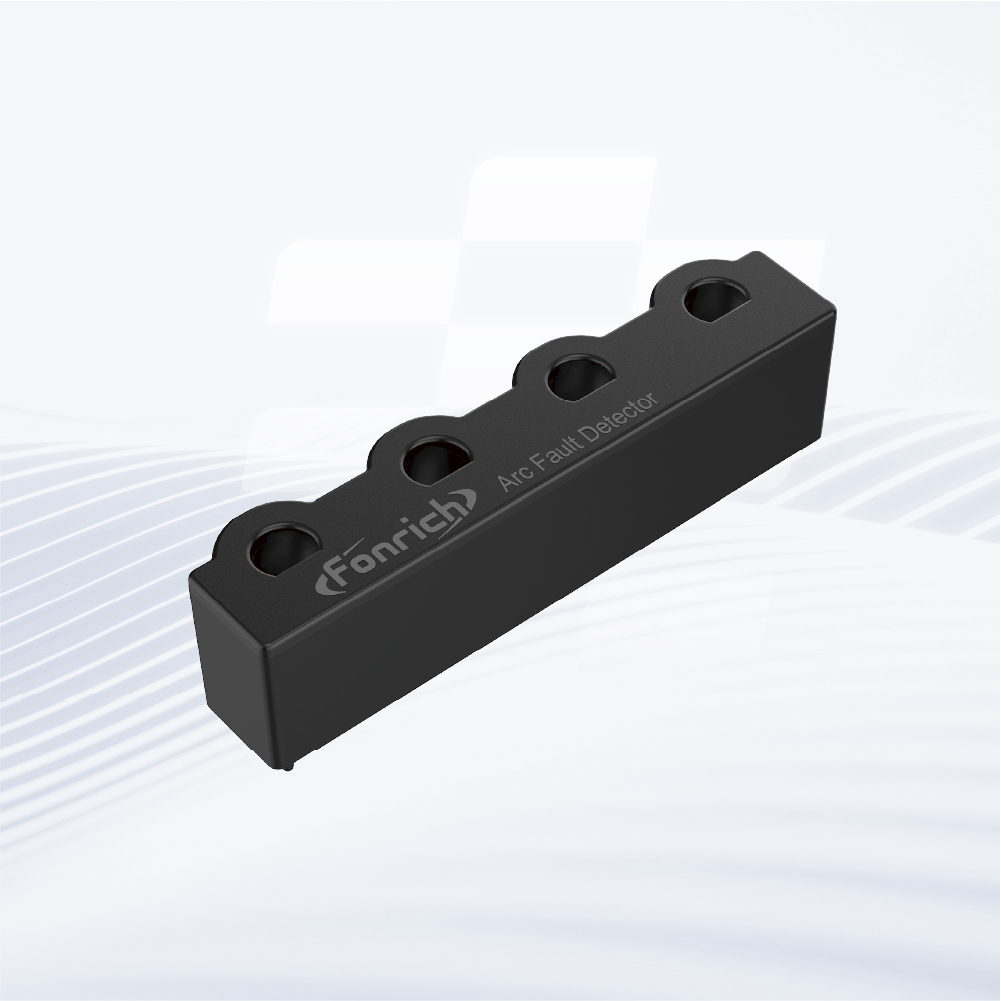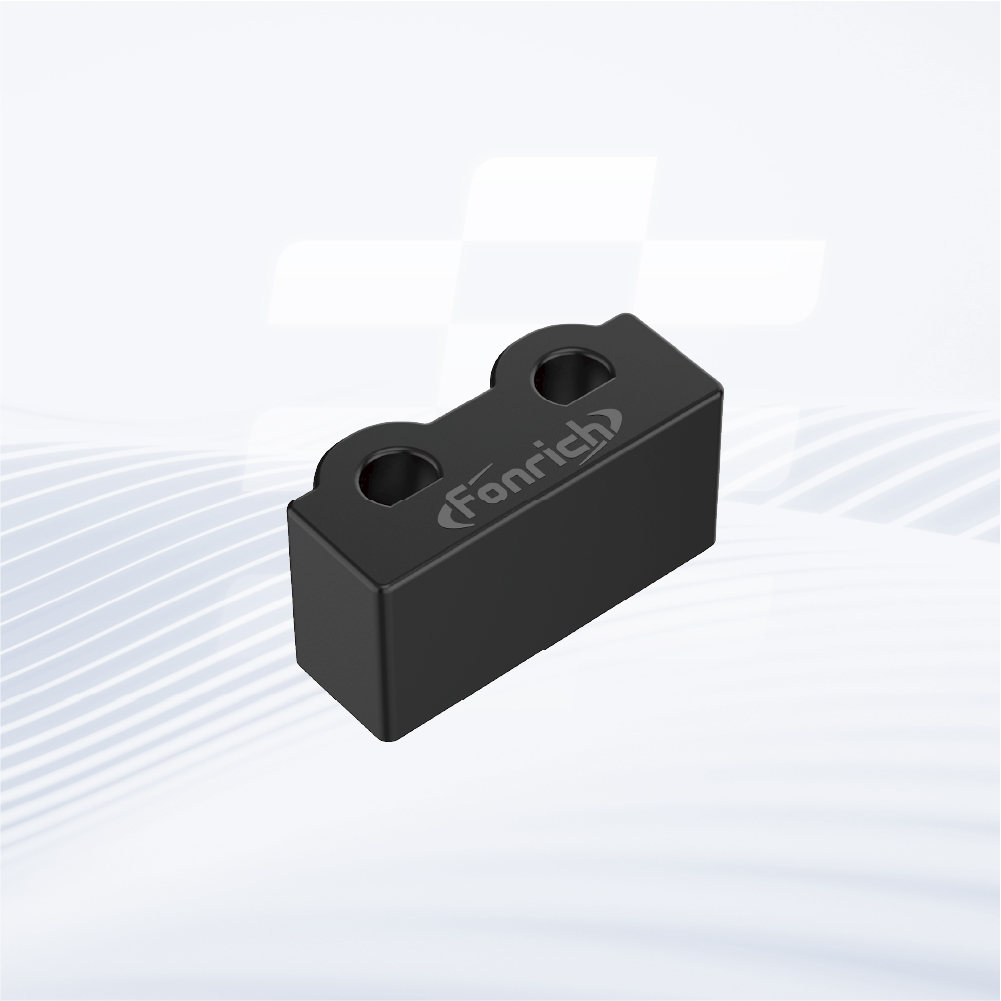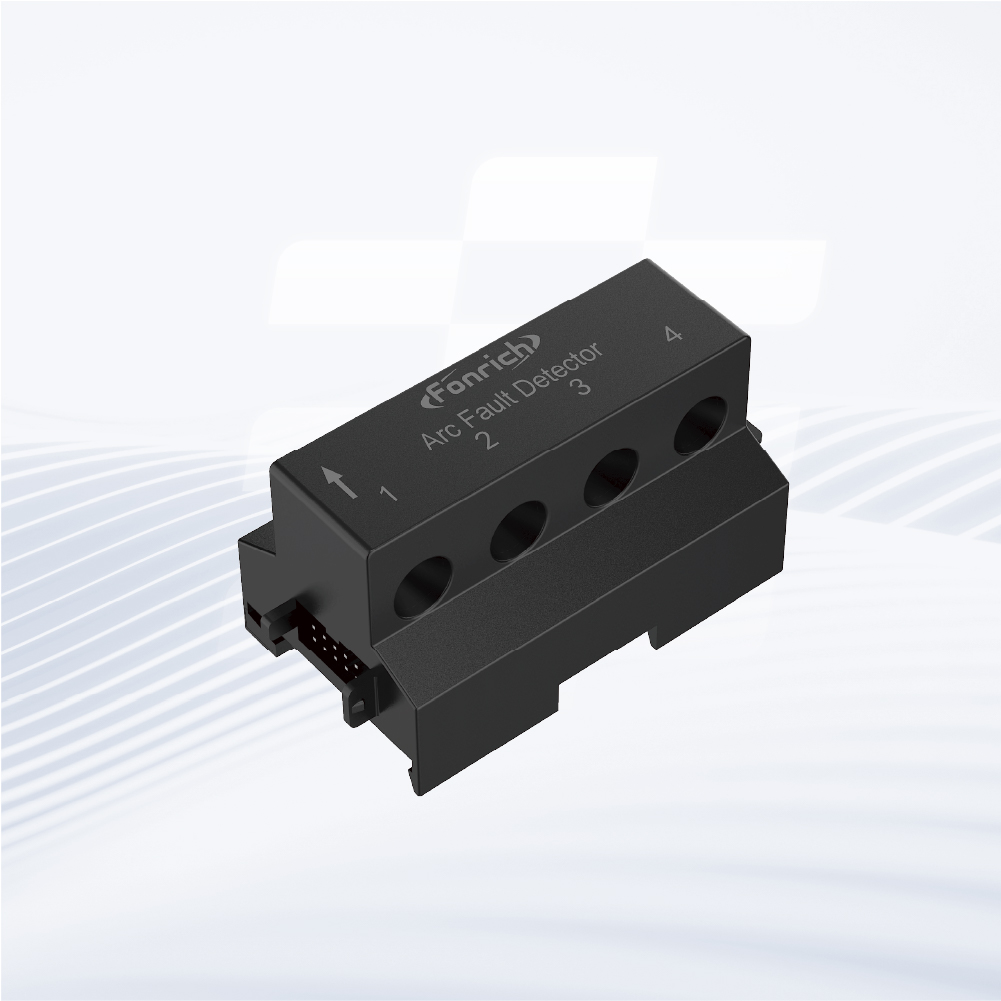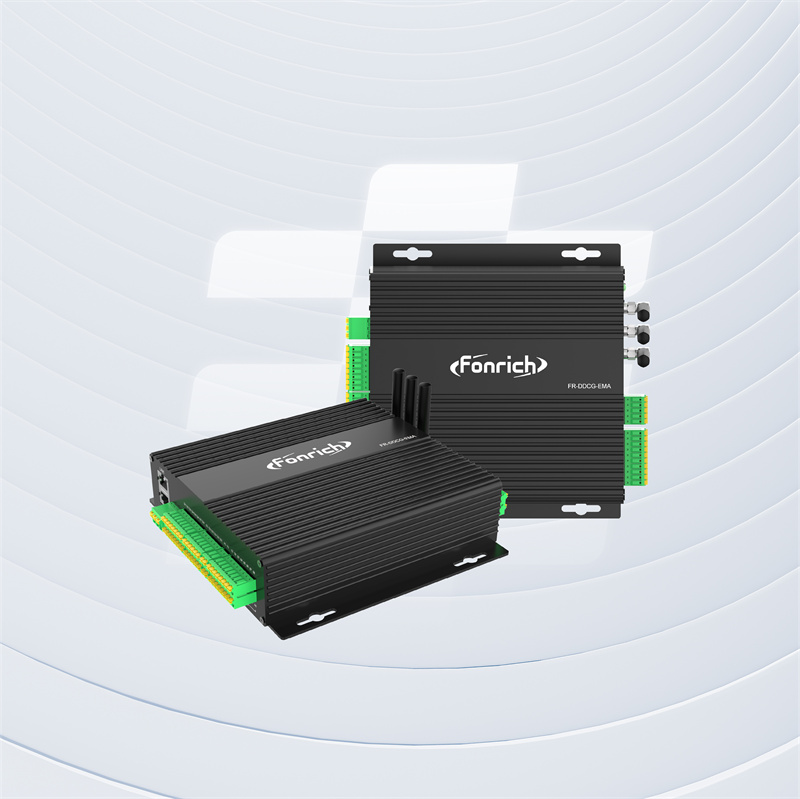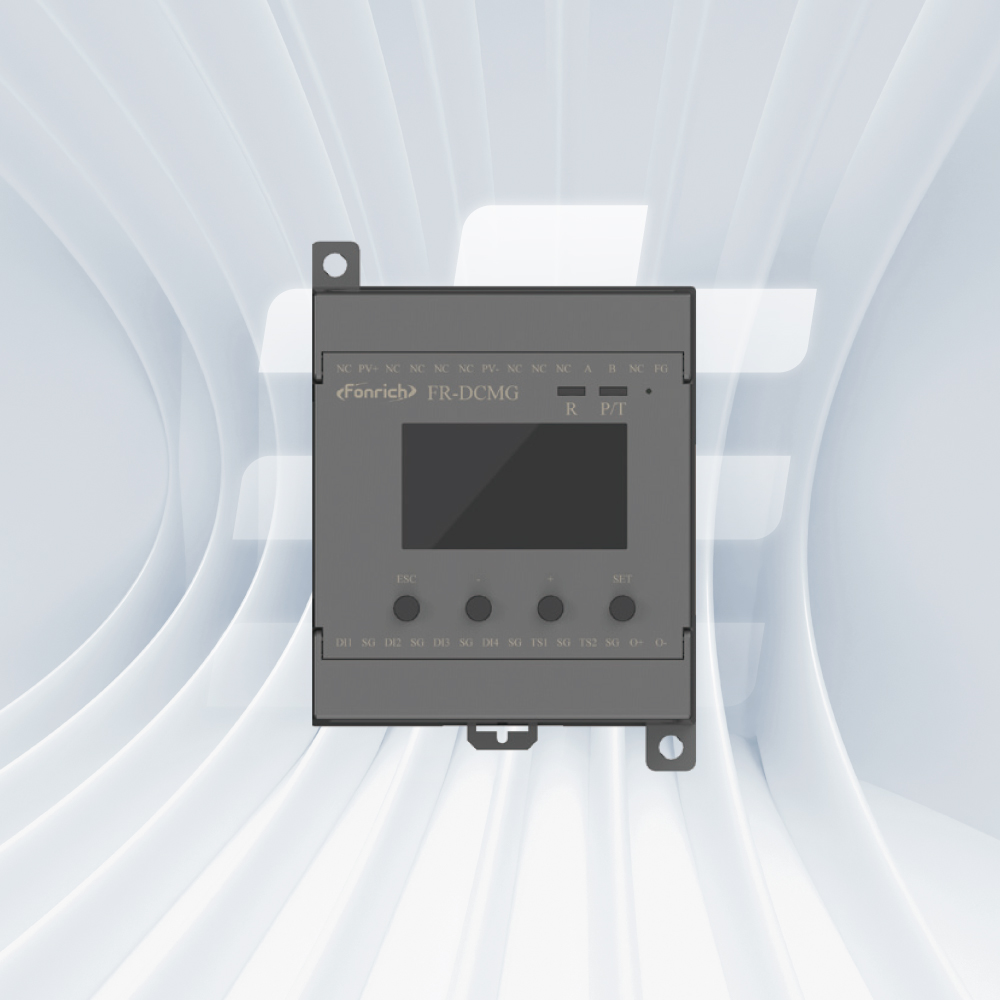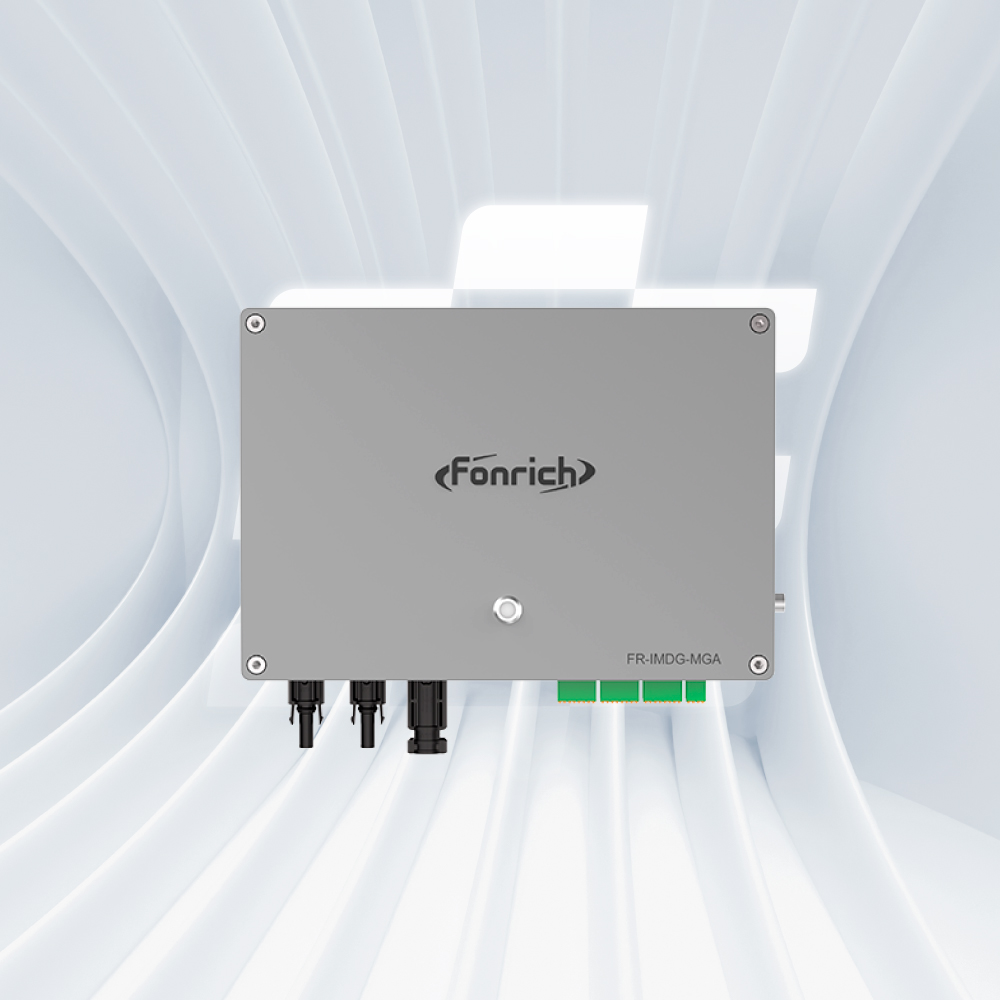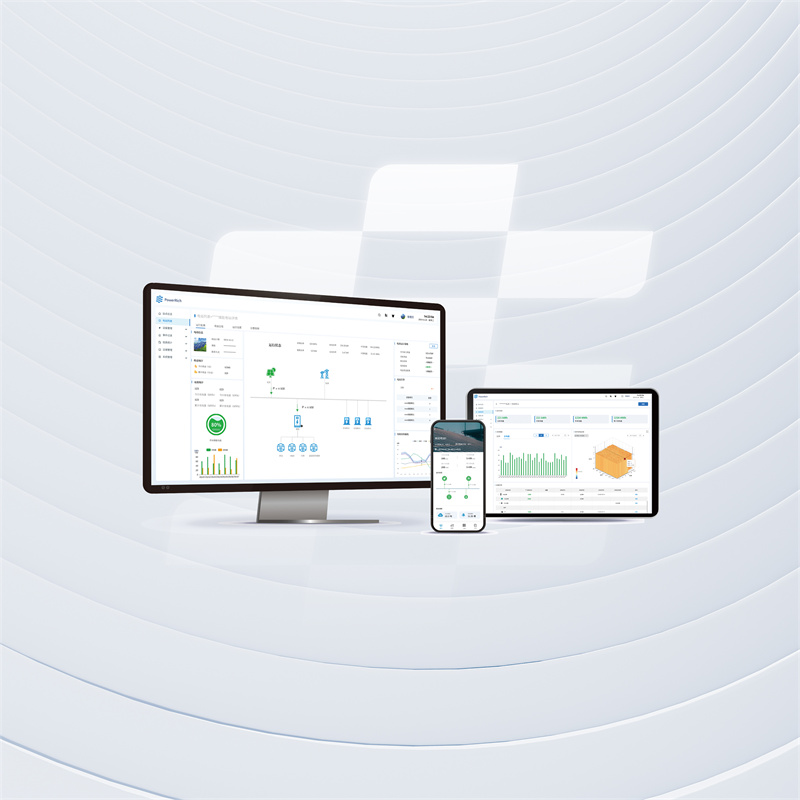 Language
Language
Fonrich’s combiner box monitoring system solves DC arc faults
In the context of the rapid development of the solar energy industry, DC arc faults remain a persistent threat. This high-energy discharge phenomenon can trigger fires without warning, devastating equipment and facilities. For solar energy operators, the challenge is clear: how to detect and address these faults before they escalate into disasters.
What Exactly Are DC Arc Faults?
DC arc faults typically originate from the following sources:
- Loose connections: Over time, vibration and temperature cycles can cause terminal blocks and connectors to loosen.
- Insulation aging: Exposure to ultraviolet radiation, moisture, and temperature fluctuations gradually degrades the insulation layer of wires.
- Environmental contaminants: Dust, salt, and moisture can form conductive paths, triggering arcs.
Once an arc occurs, its temperature can soar above 6,000°C—hot enough to melt metal, making it easy to ignite surrounding materials. Traditional monitoring systems rely on periodic manual inspections, which fail to detect these faults in real time, often leading to prolonged power station downtime and heavy losses.
Fonrich’s 24-Hour "Monitoring Post"
Fonrich’s combiner box monitoring system is designed to continuously watch for arc faults. It integrates AFCI (Arc Fault Circuit Interrupter) technology directly into the combiner box, enabling continuous monitoring of electrical activity at the module level. The system’s advanced algorithms analyze current and voltage signals to identify abnormal patterns that indicate arc faults. Upon detecting a threat, it immediately triggers an alarm and can activate an automatic shutdown mechanism to contain the risk before it spreads.
Technical Specifications to Highlight
- AFCI-driven detection: Achieves 99% accuracy in identifying arc faults, minimizing false alarms.
- Multi-parameter monitoring: Tracks current, voltage, temperature, and arc events simultaneously.
- Remote control: Enables real-time diagnostics and control via RS485 Modbus-RTU or wireless networks.
- Adaptive power supply: Draws power directly from PV strings, ensuring operation even if some strings fail.
- Durable design: Encased in potting compound to withstand harsh environmental conditions.
Industry Data Speaks Volumes
A 2024 study by the Solar Energy Industries Association (SEIA) shows that power stations equipped with advanced arc fault detection systems experience 70% fewer fire-related accidents compared to those using traditional monitoring. Additionally, these systems enable early fault detection, reducing emergency repairs and cutting maintenance costs by up to 40%.
A Final Note
In the solar energy sector, complacency is not an option. Arc faults are an ongoing threat, but with the right technology, there’s no need to live in constant fear. Fonrich’s combiner box monitoring system combines cutting-edge technology with proven reliability, serving as the ultimate defense against arc faults. When it comes to fire prevention, every second counts—and with Fonrich, every second is guarded.
II. Product Overview
Fonrich’s monitoring module features an LCD screen for real-time data display and offers multiple functions:
- Monitors string current and voltage
- Senses combiner box temperature
- Alarms on the status of circuit breakers and surge protectors
- Detects and alarms arc faults
- Supports various Hall sensor specifications
- Connects up to 32 cascaded channels
- Equipped with an RS485 communication interface
1. Multi-Parameter Real-Time Monitoring
- Current and voltage monitoring: Uses patented Hall sensors to support different current specifications, monitoring up to 32 string channels to accurately identify faulty strings.
- Temperature and environmental monitoring: Built-in temperature sensors continuously track the internal temperature of the combiner box, as well as the operating status of surge protectors and circuit breakers.
- Arc fault detection: Integrates AFCI functionality to actively detect DC arc faults and trigger alarms, significantly reducing fire risks.
2. Intelligent Operation and Maintenance Support
- Local display + remote management: The LCD screen presents data in bar graphs for intuitive diagnostics. Reliable remote monitoring is enabled via RS485 Modbus-RTU and robust industrial-grade wireless communication.
- Adaptive power supply design: Draws power directly from PV strings, ensuring the module remains operational as long as at least one string is working, even in extreme environments.
III. Technical Advantages and Innovations
1. High Adaptability and Space Efficiency
- Modular design: Split into a main control box and sensors, its compact size allows installation in combiner boxes of various brands—even those with limited space—without requiring full replacement.
- Strong compatibility: Supports multiple communication protocols, including RS485 Modbus-RTU, resolving protocol inconsistencies during system upgrades.
2. High Reliability and Anti-Interference Capability
- With 10 years of industry experience, Fonrich boasts independent R&D capabilities and maintains long-term market leadership.
- Environmental tolerance: Potted with protective compound, it operates reliably in environments with up to 95% humidity and temperatures ranging from -40°C to 70°C.
3. Leading Technology
- Holds over 200 patents, including core technologies such as AFCI algorithms.
- Supports multiple alarm strategies and can interface with automatic tripping mechanisms.

